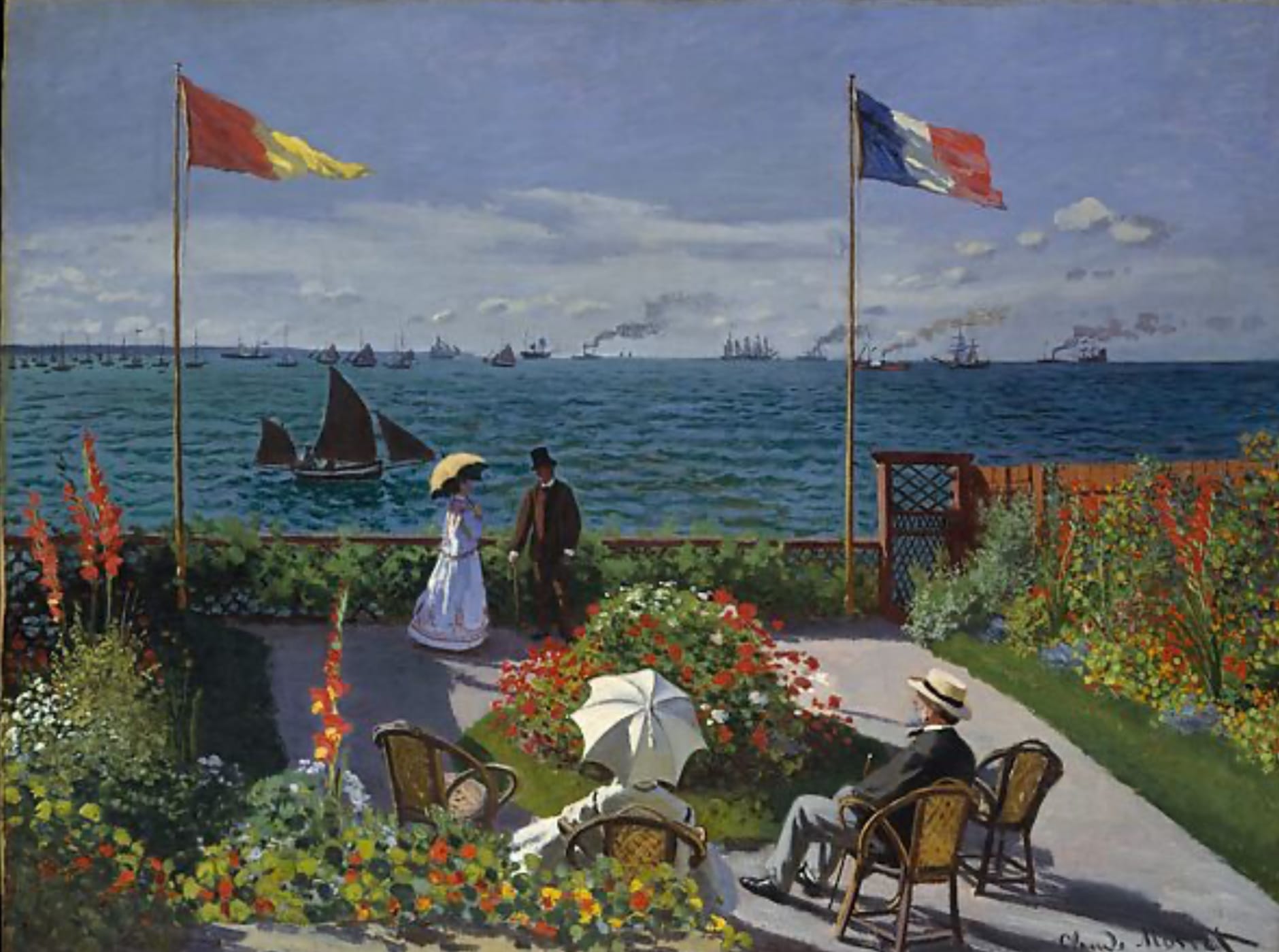Exploring the Artistic Significance of the Impressionist Movement by Adam Scull

The late 19th century saw the emergence of the Impressionist movement, which transformed the art world through its innovative techniques and new viewpoints. Camille Pissarro, Edgar Degas, Claude Monet, Édouard Manet, Paul Cézanne, Georges Seurat, and Vincent van Gogh were key figures in this transformative era, leaving a lasting impact on the movement.
Impressionism signaled a major break from the formal constraints and historical subject matter of traditional art. Instead, its emphasis was on capturing the ephemeral qualities of light and color, often choosing to paint outdoors to better witness and portray natural settings. This transition went beyond style and took on a philosophical nature, embracing both modernity and the mundane aspects of life.
Camille Pissarro, dubbed the “Father of Impressionism,†was instrumental in coordinating the Impressionist exhibitions. With a masterful grasp of light and shadow, his works portrayed rural scenes and urban life in great detail.
Edgar Degas, although often grouped with the Impressionists, had a unique style that emphasized the human figure and motion. The dynamic compositions and innovative perspectives of his ballet dancers, racehorses, and bathers are widely recognized.
Claude Monet, the most renowned Impressionist, showcased the movement’s emphasis on light and color through his famous series of paintings, including water lilies and the Rouen Cathedral. The movement was named by him through his masterpiece “Impression, Sunrise.â€
Eduard Manet: Manet acted as a connecting point between Realism and Impressionism. His fearless use of color and modern subjects defied artistic conventions and motivated younger Impressionists.
Cezanne exploration of geometric forms and analytical approach to nature are often seen as a connection between Post-Impressionism and the emergence of Cubism in modern art.
Georges Seurat is known for developing Pointillism, a technique where small dots of color blend together in the viewer’s eye. By using a meticulous, scientific approach to color and composition, he brought a new dimension to Impressionist art.
Vincent van Gogh was greatly influenced by the movement, although he wasn’t strictly an Impressionist. He pushed the limits of Impressionism into Expressionism with his expressive color and brushwork.
The essence of their subjects was captured by Impressionist artists through the use of new techniques and materials. Their technique involved using short, quick brushstrokes and unblended colors to capture the intensity of natural light and movement. This method enabled them to capture the fleeting elegance of a moment, in stark contrast to the intricate, refined pieces of their forerunners.
The Impressionists recognized the importance of capturing modern life in their artwork. Their paintings showcased urban leisure, landscapes, and everyday activities, mirroring the shifting society of the late 19th century. The attention given to current life in their work made it easier for a broader audience to connect with and understand.
Many modern art movements were built upon the foundation laid by the Impressionist movement. They broke barriers by questioning traditional techniques and subjects, allowing for greater artistic freedom and experimentation. Even now, artists are influenced by their emphasis on individual perception and experience.
In brief, the Impressionist movement was a significant turning point in art history. It was defined by its groundbreaking techniques, exploration of modern life, and a varied group of artists who contributed their own unique perspectives. The art of Pissarro, Degas, Monet, Manet, Cézanne, Seurat, and van Gogh continues to be revered for its beauty, technical mastery, and significant influence on the evolution of modern art.
WPRNPublicRadio.com is a Tampa, FL-based independent public radio platform to inform and entertain, bringing narratives driven by personal stories, connecting listeners to life, along with news and off-beat stories focusing on book readings, essays, arts and culture, and artistic sound portraits. Visit our website to learn more.
